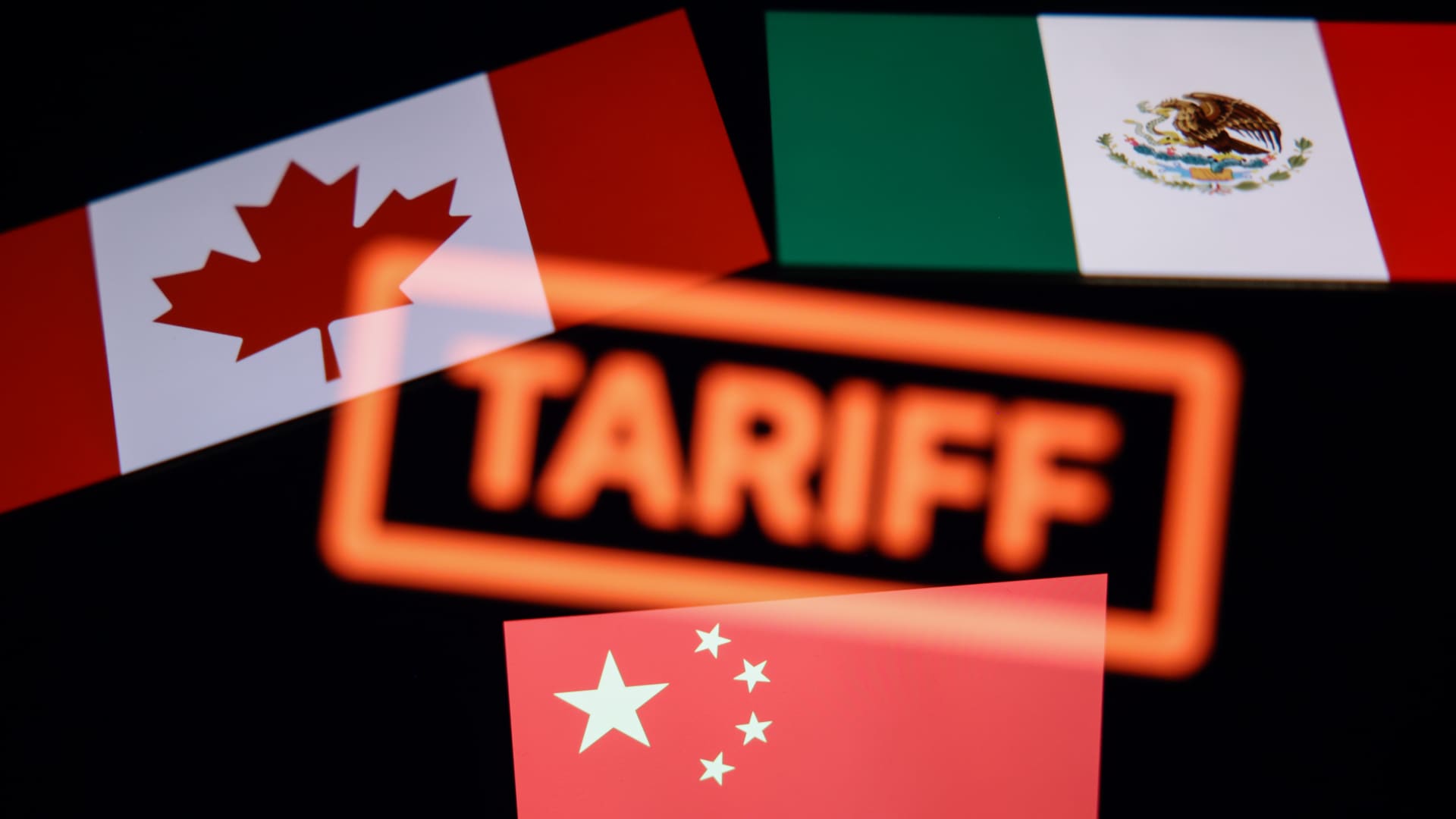Navigating Trade Turbulence: Canada, Mexico, and China Take a Stand Against Trump’s Tariffs
In an era marked by shifting global trade dynamics, Canada, Mexico, and China are banding together to confront the challenges posed by the tariffs implemented during Donald Trump’s presidency. The trade war that ensued has reshaped international relations, and the response from these three nations not only illustrates the complexities of international trade but also hints at the potential for new alliances in the face of adversity.
The Genesis of Trade Tensions
The trade tensions began in earnest in 2018 when the Trump administration imposed tariffs on various goods, citing national security concerns and trade imbalances. The most notable tariffs were on steel and aluminum, which were quickly met with retaliatory measures from both Canada and Mexico, two of the United States’ closest trading partners. China, too, found itself embroiled in this conflict, facing hefty tariffs on its exports to the U.S. This scenario set the stage for a broader geopolitical landscape where alliances and economic strategies were put to the test.
Canada and Mexico: A Unified Front
Canada and Mexico, both integral parts of the North American trade framework, responded to U.S. tariffs with a show of solidarity. The implementation of tariffs led to significant economic repercussions, prompting both nations to retaliate with their own tariffs on American goods. This mutual support not only aimed to protect their economies but also underscored the importance of regional cooperation.
- Retaliatory Tariffs: Canada imposed tariffs on a variety of U.S. goods, including steel, aluminum, and consumer products like yogurt and whiskey.
- Trade Agreements: The renegotiation of NAFTA, resulting in the United States-Mexico-Canada Agreement (USMCA), was a crucial step for both nations in securing a more favorable trade arrangement.
This united stance was not merely an economic strategy; it also represented a political declaration against unilateral trade practices. By standing together, Canada and Mexico sent a clear message: they would not be bullied into submission by an aggressive tariff regime.
China’s Strategic Response
On the other side of the globe, China faced a similar predicament. With the imposition of tariffs by the U.S., China found itself needing to rethink its trade strategy. The Chinese government responded with tariffs on American products and sought to strengthen its ties with Canada and Mexico. This strategic pivot reflects a growing recognition of the need for diversification in trade partnerships.
- New Trade Agreements: China has actively pursued trade agreements with Canada and Mexico to bolster economic ties, aiming to mitigate the impacts of U.S. tariffs.
- Investment Initiatives: Increased Chinese investments in Canadian and Mexican infrastructure and technology sectors have been observed, further solidifying these partnerships.
Impact on Global Trade Relations
The coordinated response of Canada, Mexico, and China against Trump’s tariffs has significant implications for global trade relations. The emergence of new alliances highlights the shifting balance of power in international trade. Here are some key impacts:
- Increased Trade Diversification: Countries are reassessing their trade dependencies and exploring new markets, which can lead to a more balanced global trade landscape.
- Strengthened Regional Alliances: The collaboration between Canada, Mexico, and China may pave the way for more robust regional trade agreements, diminishing reliance on U.S. markets.
- Innovation in Trade Policies: Countries are now more inclined to develop innovative policies that address trade disparities without resorting to protectionism.
Opportunities for Economic Growth
In the wake of these trade tensions, opportunities for economic growth are emerging. Canada, Mexico, and China have the potential to create a new trade framework that fosters innovation and cooperation:
- Technology and Innovation: By collaborating on technology initiatives, these countries can enhance their competitive edge in the global market.
- Environmental Standards: As they reshape trade agreements, there is room to incorporate environmental considerations, promoting sustainable practices.
- Supply Chain Resilience: The current landscape encourages nations to build more resilient supply chains, reducing vulnerability to future trade disruptions.
The Future of Trade Relations
As we look to the future, the question remains: how will Canada, Mexico, and China navigate the ongoing trade turbulence? The likelihood of continued collaboration among these nations suggests a shift toward a multipolar trade environment. With shared interests and common goals, they have the potential to redefine their economic relationships in a way that challenges traditional power dynamics.
Conclusion
The united front presented by Canada, Mexico, and China against Trump’s tariffs represents a significant turning point in international trade relations. Their coordinated response not only reflects the complexities of global economics but also showcases the potential for new alliances in the face of adversity. As these nations continue to navigate the turbulent waters of trade, their strategies may well inspire others to rethink their approach to international commerce. The path forward may be fraught with challenges, yet the opportunities for growth and collaboration have never been more promising.
In summary, as Canada, Mexico, and China take a stand against Trump’s tariffs, they are not just defending their economies; they are laying the groundwork for a new era of trade that values cooperation over conflict, innovation over stagnation, and resilience over vulnerability.
See more CCTV News Daily



